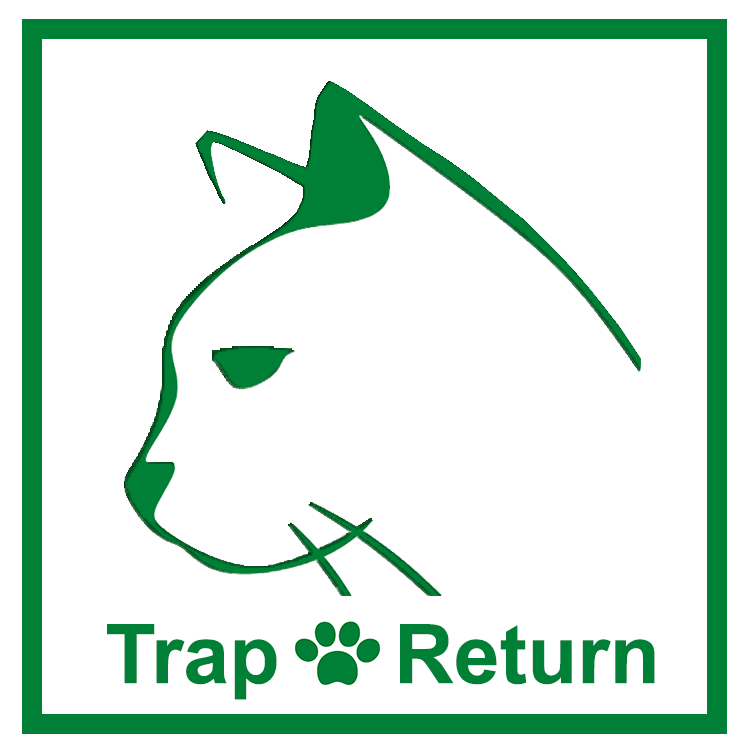Cat and Kitten Feeding Guidelines
Cat And Kitten Feeding Guidelines Diet is arguably the most important part of your cat’s care. Food gives their bodies the energy and strength to prowl, pounce, and play around the house. It’s important to follow cat and kitten feeding guidelines to provide the nutrients to keep their muscles, bones, and fur healthy for life! […]
Cat and Kitten Feeding Guidelines Read More »


